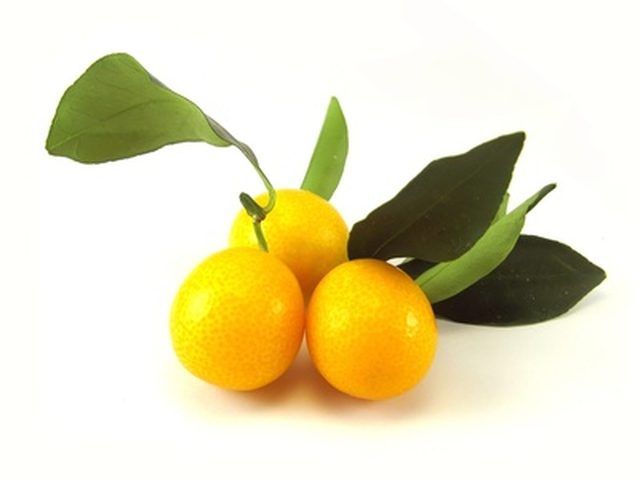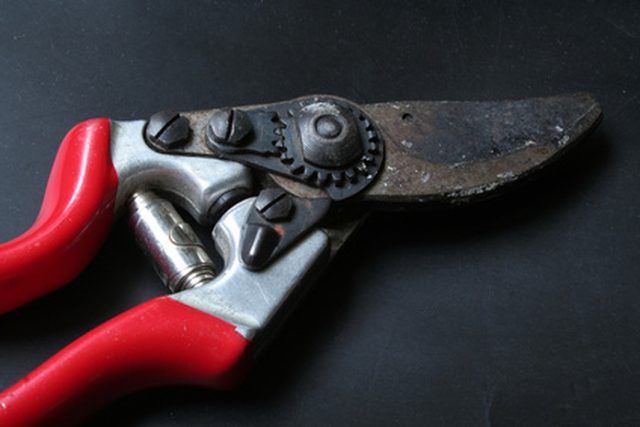Bulbs
Flower Basics
Flower Beds & Specialty Gardens
Flower Garden
Garden Furniture
Garden Gnomes
Garden Seeds
Garden Sheds
Garden Statues
Garden Tools & Supplies
Gardening Basics
Green & Organic
Groundcovers & Vines
Growing Annuals
Growing Basil
Growing Beans
Growing Berries
Growing Blueberries
Growing Cactus
Growing Corn
Growing Cotton
Growing Edibles
Growing Flowers
Growing Garlic
Growing Grapes
Growing Grass
Growing Herbs
Growing Jasmine
Growing Mint
Growing Mushrooms
Orchids
Growing Peanuts
Growing Perennials
Growing Plants
Growing Rosemary
Growing Roses
Growing Strawberries
Growing Sunflowers
Growing Thyme
Growing Tomatoes
Growing Tulips
Growing Vegetables
Herb Basics
Herb Garden
Indoor Growing
Landscaping Basics
Landscaping Patios
Landscaping Plants
Landscaping Shrubs
Landscaping Trees
Landscaping Walks & Pathways
Lawn Basics
Lawn Maintenance
Lawn Mowers
Lawn Ornaments
Lawn Planting
Lawn Tools
Outdoor Growing
Overall Landscape Planning
Pests, Weeds & Problems
Plant Basics
Rock Garden
Rose Garden
Shrubs
Soil
Specialty Gardens
Trees
Vegetable Garden
Yard Maintenance
How to Prune Kumquat Trees
How to Prune Kumquat Trees. The kumquat is an easily grown evergreen shrub or tree (8 to 15 feet) with small yellow to orange colored citrus fruits that are entirely edible, skin and all. The leaves are dark green and glossy and branches have the occasional thorn. Originally from China, they are easily grown in tropical and subtropical climates....

The kumquat is an easily grown evergreen shrub or tree (8 to 15 feet) with small yellow to orange colored citrus fruits that are entirely edible, skin and all. The leaves are dark green and glossy and branches have the occasional thorn. Originally from China, they are easily grown in tropical and subtropical climates. They take well to cooler climates but cannot survive temperatures below the 20s. Kumquat trees usually do not need pruning as they are naturally shapely. However, should your tree grow too tall and looks "leggy," you may need to prune the top to encourage growth on the lower branches.
Things You'll Need
Step ladder
Bypass lopper
Bypass pruner
Stand away from the tree and visualize how you want your tree to look. Some people prefer a rounder dense bushy tree while others prefer an open airy fruit tree appearance.
Remove the "water suckers" (long skinny branches growing straight up) and any damaged or dead wood using the bypass loppers. If the branches are too high and not easily accessible, stand on a step ladder.

Trim tree from the top using the bypass loppers for branches larger than 1 inch in diameter. For smaller branches, you may use the smaller bypass pruner. Shape as you move down the tree.
Prune branches that cross the center trunk to increase air circulation and let light in. This step is important regardless of the desired shape of your tree and helps maintain the overall health of the tree.
Step back and view your tree once again. Remove any branches you missed or that appear out of place. Regardless of its shape, a kumquat tree brings long-lasting beauty to your garden.
Tips & Warnings
The desired shape of your tree is a personal choice based on function or decorative use. If you want to harvest fruit, then a low to moderate height, open-style fruit tree is your best choice. If you desire a bushy landscape ornamental, then you might prefer a round bushy-style plant.
Pruning is stressful and should be kept to a minimum. Prune off no more than 25 percent of the tree as any more might kill the tree. Treat cuts with a latex sealer if insects or fungi are a problem in your area.